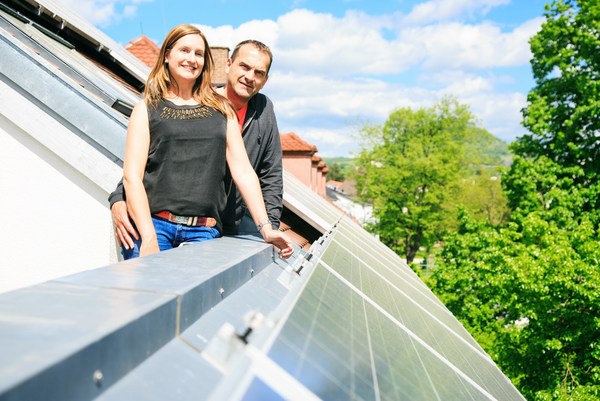The US has sufficient installed solar capacity to power more than 15.7 million American homes as per the latest Solar Market Insight Report.
As a homeowner or small business, installing solar panels to power your home or business may seem like a costly affair. In fact, over 97% of Americans believe that it costs over $20,000 to install a solar energy system.
We have created a list of available solar grants, tax, credits, and special rebates for homeowners who are planning to go green and save on utility costs.
List of Solar Energy Grants
- Green Retrofit Grants: This initiative is run by the United States Federal Government's Department of Housing and Urban Development for homeowners in low-income areas.
- REAP Grants: The U.S. Department of Agriculture offers grants of up to $20,000 to farmers and small businesses in rural areas for solar energy installation.
- Tribal Energy Program: This program is funded by the U.S. Department of Energy for tribal areas, helping them install or develop solar energy infrastructure.
- Renewable Energy Grants: The U.S. Department of the Treasury provides grants in the form of tax credits to homeowners installing solar panels. The grant comes in the form of tax credits.
- High Energy Cost Grants: This grant focuses on areas with high energy costs, helping them install, repair, construct, and even improve solar power systems, including both on-grid and off-grid systems. The U.S. Department of Agriculture oversees this program.
List of Solar Loans
- FHA PowerSaver: The HUD and FHA offer loans of up to $25,000 to homeowners for making energy efficiency and renewable energy upgrades, including installation of solar and thermal systems.
- Rural Utilities Service Electric Program: This program is geared towards corporates, municipalities, and nonprofits, providing them loans for the installation of renewable energy systems.
- Multi-Family Housing Loan: The program is run by the USDA for low-income rural households. These households can borrow funds for the installation of solar energy systems, with a repayment period of up to 30 years.
List of Incentives, Rebates, and Tax Breaks for Solar Power
- Solar Tax Credit: You can offset the cost of installation with a clean energy tax credit. The federal solar tax credit or ITC offers a tax credit of up to 30 percent (2020) of the cost of the solar PV installation for both residential and commercial installations.
- Solar Renewable Energy Credits: SRECs are run by individual states to help homeowners benefit from the renewable energy produced by their solar systems. Homeowners receive one SREC against 1,000 kWh of renewable electricity. These SRECs can be sold to corporations or private enterprises in the open market.
- Solar Tax Exemptions: Some states and local governments provide property tax exemptions and sales tax exemptions for solar PV installations.
- Cash Rebates: These rebates come from state or local governments and even utility companies, and they could be worth anywhere between 10% and 20% of the installation cost.
- Net Metering: Several states have a net metering system, providing direct relief in utility bill payments to the homeowners.
The government is offering several initiatives and programs to reward homeowners as well as businesses moving towards renewable energy sources. You can find out more through your local utility company or municipality.







